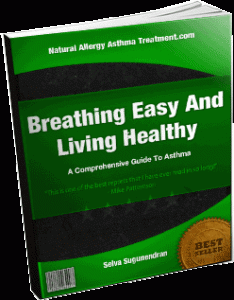 Hypertension cannot be fully treated once a person has it. The good news is that there are several antihypertensive drugs available today. You can also get rid of the symptoms for several months or years, as long as you follow a sound plan and regimen. There are plenty of available sources on the internet, or you can consult some of the experts and doctors you know to update you about the latest trends and products that will help treat your condition.
Hypertension cannot be fully treated once a person has it. The good news is that there are several antihypertensive drugs available today. You can also get rid of the symptoms for several months or years, as long as you follow a sound plan and regimen. There are plenty of available sources on the internet, or you can consult some of the experts and doctors you know to update you about the latest trends and products that will help treat your condition.
1. Blood Pressure Research
Almost 70% of all individuals with hypertension do not fully manage the symptoms of high blood pressure, even though there are now so many antihypertensive drugs available. Some of the reasons include poor medication adherence, lack of patient education, lack of available materials for patients in third world countries and clinical inertia. Some trials are mainly focused on home blood pressure monitoring, health coaching and consistent home medication titration to address the different triggers of bad hypertension management.
2. The Challenges
One big challenge in hypertension studies is identifying the main factors of chronic blood pressure management and to determine how the different leads can be adjusted to minimize the effects and risk for developing the condition. Over the last decade, genetic techniques have led to a more diverse understanding of hypertension pathogenesis, thereby letting researchers see hypertension in a whole new light. There are now more intermediate phenotypes and genes discovered to help determine the full aetiology of the condition.
The genetic approach will enable experts to know the direct relationships between intermediate biological leads and certain genes that lead to the trait, like hypertension. The haplotype map can further be developed by grabbing the opportunities and see the dramatic changes via human, rat and mouse genome sequences. Experts intend to see the problem on a global perspective so that they can reduce the risks, based on the factors and traits of each race, including familial tendencies.
3. Activities for the Future
It is vital to observe high blood pressure together with the presence of other cardiovascular problems. Observing hypertension individually from other diseases like metabolic syndrome, non-insulin dependent diabetes and arteriosclerosis can actually limit possible new breakthroughs in finding out more about the beginning of the disease.
4. The Biomarkers
Animal researches showed that it is quite possible to delay several bad events linked to the development of hypertension if the individuals can be discovered early in life. The early biomarkers that establish the biological risk, as well as the target organ is vital in finding a quick cure. Pre-hypertension should be determined very early. The markers are still very challenging to find early, so experts should continue to find out more about the physical, genotypic and biochemical means to observe the population who are at risk.
5. New Developments
New drugs are also being discovered to help alleviate the symptoms of hypertension. There are now herbs and supplements that can help prevent the risk of developing the problem. Other present antihypertensive drugs have also been discovered to be quite useful in treating other problems like diabetes, eye problems and breathing problems.
Selva Sugunendran has published a number of Books on Health Matters.If you found the above article useful, then you should visit the following website to immediately download an extensively researched EBook on Multiple Health diseases including High Blood Pressure, Obesity and Diabetes. It details the symptoms, treatments available, the interactions as well as the management and control of these diseases: http://www.SeriousHealthProblems.com








